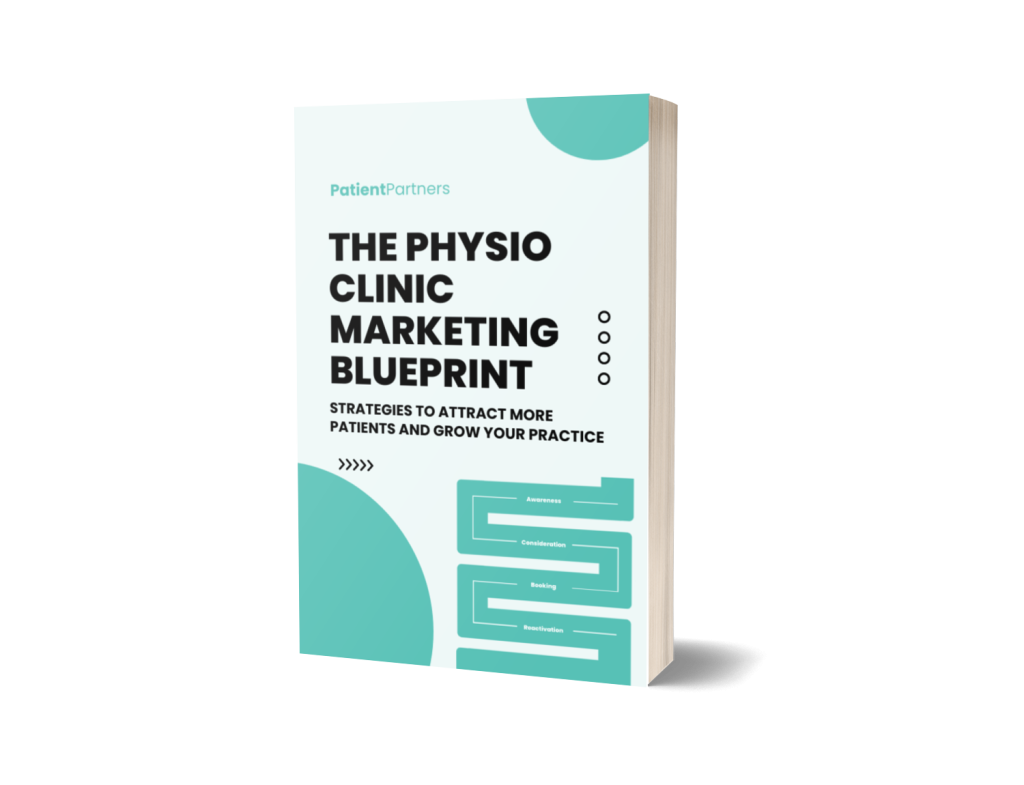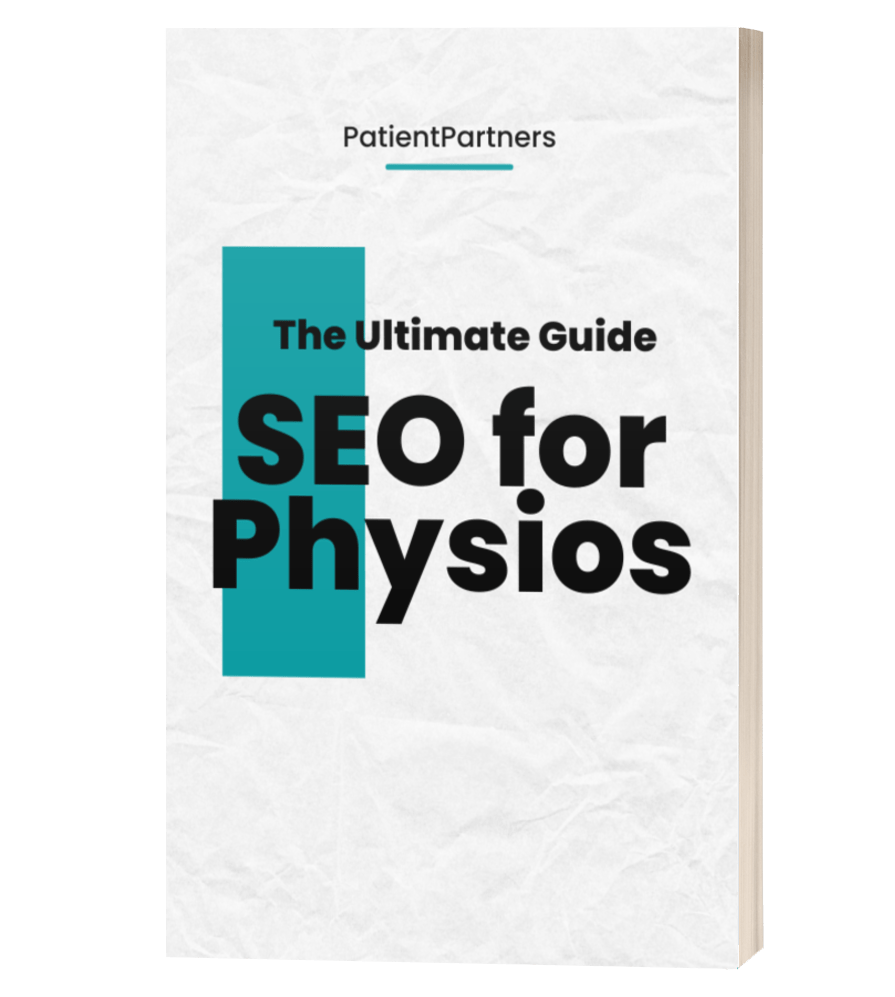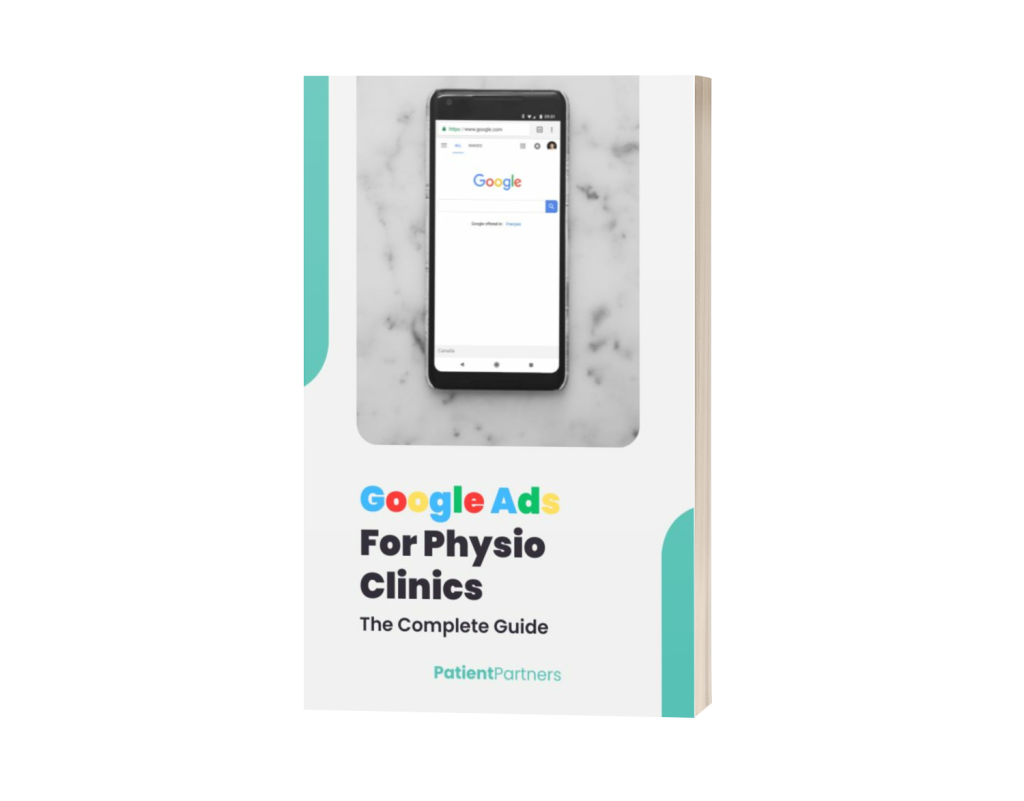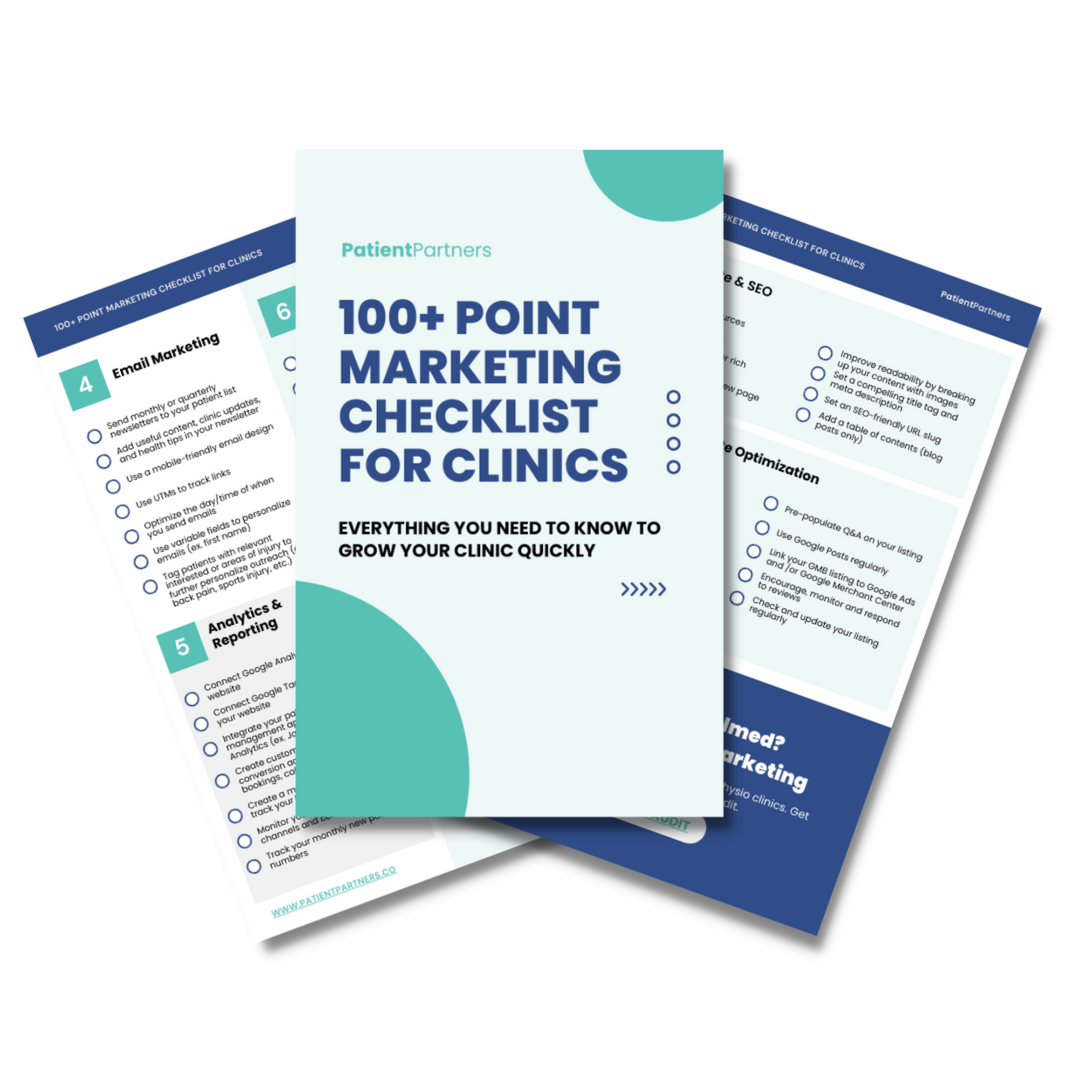1. Identify the most common questions asked by your patients
To identify the most common questions asked by your patients, it is important to take into account both their feedback and the data from analytics. You can use surveys or ask for direct feedback on social media or email campaigns to understand what questions they have.
Analytics can also provide insight into which pages are visited the most, as well as how often specific keywords are searched in Google and other search engines.
This will tell you what topics people find interesting or need more information on so you can create FAQs that address those needs.
Additionally, look at your customer service team’s emails and calls – this will help you determine which questions are being asked over and over again so you know exactly what content needs to be included in your FAQs.
2. Research answers to these questions and create concise, informative responses
When researching answers to your patients’ questions, it is important to use reliable sources and ensure that all information provided is up-to-date and accurate.
Use medical journals and other health websites to find the best answers, then break these down into easy-to-read responses that are succinct yet understandable.
While researching keywords related to questions or topics in your FAQs, pay attention to any popular search trends or seasonal changes that may be affecting the query rates of certain terms. This is something we’ll explain in more detail later.
Want a free website & marketing audit?
We’ll tell you what parts of your website and marketing are working – and what parts aren’t.

3. Organize FAQs into categories for easy navigation
Organizing FAQs into categories is an important step to make sure that visitors can quickly and easily access the answers they need.
By organizing questions into different categories, visitors can quickly identify which section of the page they need to browse in order to find the answer they are looking for. This also allows users to click on a category without having to scroll through all of the other questions.
When organizing your FAQs into categories, it is important to use clear and descriptive labels. Make sure that each topic or category is labeled in a way that accurately describes what it contains.
For example, if you have a general category for physiotherapy-related topics, it may be labeled “Physiotherapy”.
If there are subtopics such as rehabilitation exercises or treatments, these could be labeled “Rehabilitation Exercises” and “Treatments” respectively.
Additionally, consider categorizing FAQs by urgency or importance.
This will help ensure that users can find crucial information quickly and easily when they need it most. For example, if someone has just been injured and needs immediate help, having a dedicated category with urgent queries at the top of the list will ensure that they don’t get lost searching through pages of unrelated questions or topics.
It is also important to keep your FAQs up-to-date as new questions or topics arise.
Continually adding fresh content will help ensure that visitors always have access to relevant and accurate information about physiotherapy services and treatments offered by your practice.
4. Utilize keywords in your FAQs to improve SEO ranking
Utilizing keywords in your FAQs is a great way to boost your website’s SEO ranking and ensure that it is visible on search engine results pages (SERPs).
Keywords are words or phrases related to the topic at hand, and adding them to your content helps search engines understand what the page is about. This in turn allows them to more accurately match the page with relevant queries and increase its visibility on SERPs.
When crafting FAQs for your physiotherapy website, it is important to include keywords relevant to each question. Think about what terms someone might use when searching for answers online, then incorporate those into both the heading and body of text for each FAQ.
This will help give your content greater visibility and make it easier for visitors who are using specific terms when conducting searches online. Additionally, use long-tail keywords rather than single words whenever possible. These are phrases that consist of three or more words and often offer more precise results than single-word queries.
Additionally, take advantage of any free keyword tracking tools available – this will help you monitor which terms are generating the most traffic over time so you know which ones to focus on when creating new content or editing existing content for SEO purposes.
Key Takeaways:
- Utilize keywords in your FAQs to improve SEO ranking by researching relevant words or phrases related to each question.
- Incorporate long-tail keywords into both the heading and body of text for each FAQ in order to be more specific with searches.
- Monitor keyword trends or seasonal changes in query rates, take advantage of any free tracking tools available, and keep an eye on competitor content too.
6. Include a search bar so visitors can quickly find what they’re looking for
Including a search bar on your physiotherapy website can help improve the overall user experience and make it easier for visitors to quickly find what they’re looking for.
By providing a simple, intuitive way to search your site’s content, users don’t have to waste time manually navigating page after page to find the information they need – they can simply type in their query and get immediate results.
This not only makes finding answers more convenient but also allows visitors to move through your website quicker, leading to higher engagement levels and potentially more conversions.
A search bar can also provide you with valuable data. You can capture those queries as well and provide better results for visitors who use different words or phrases when searching for answers.
Furthermore, having a search bar integrated into your website also means that any changes you make to its content will be reflected in searches almost immediately – whereas without one, it might take more time for those updates to show up on SERPs due to the need for indexing them first before appearing in relevant queries.
Many modern search bars offer autocomplete features which automatically suggest terms based on what users are typing so they don’t even have to finish entering their full query before getting helpful results – this can further speed up the process of finding answers while making searches simpler at the same time.
Overall, including a search bar on your physiotherapy website is an important step towards creating a better user experience and improving SEO performance as well as making it easier for visitors who use specific terms when conducting searches online.
7. Test out different versions of your FAQ page and track user engagement metrics
In order to ensure that the FAQ page on your physiotherapy website is as effective as possible, it’s important to not only write great content but also test out different versions of it and track user engagement metrics.
This will allow you to get a better understanding of how visitors are engaging with your content, make changes based on those insights, and ultimately improve the overall user experience.
One way to test out different versions of your FAQ page is through A/B testing. This involves creating two or more variations of the same content and then seeing which performs better when measured against certain metrics.
It’s also important to track user engagement metrics when testing different versions of your FAQ page in order to understand exactly why one might be performing better than another.
Key metrics include time spent on the page, scroll depth (how far down the page someone scrolls before leaving), bounce rate (the percentage of visitors who leave without taking any action), and click-through rate (the number of users who click on a link).
Tracking these metrics can help you identify trends among different versions so that you can make informed decisions about which ones are more successful overall and how you might be able to further improve them for even greater success.








